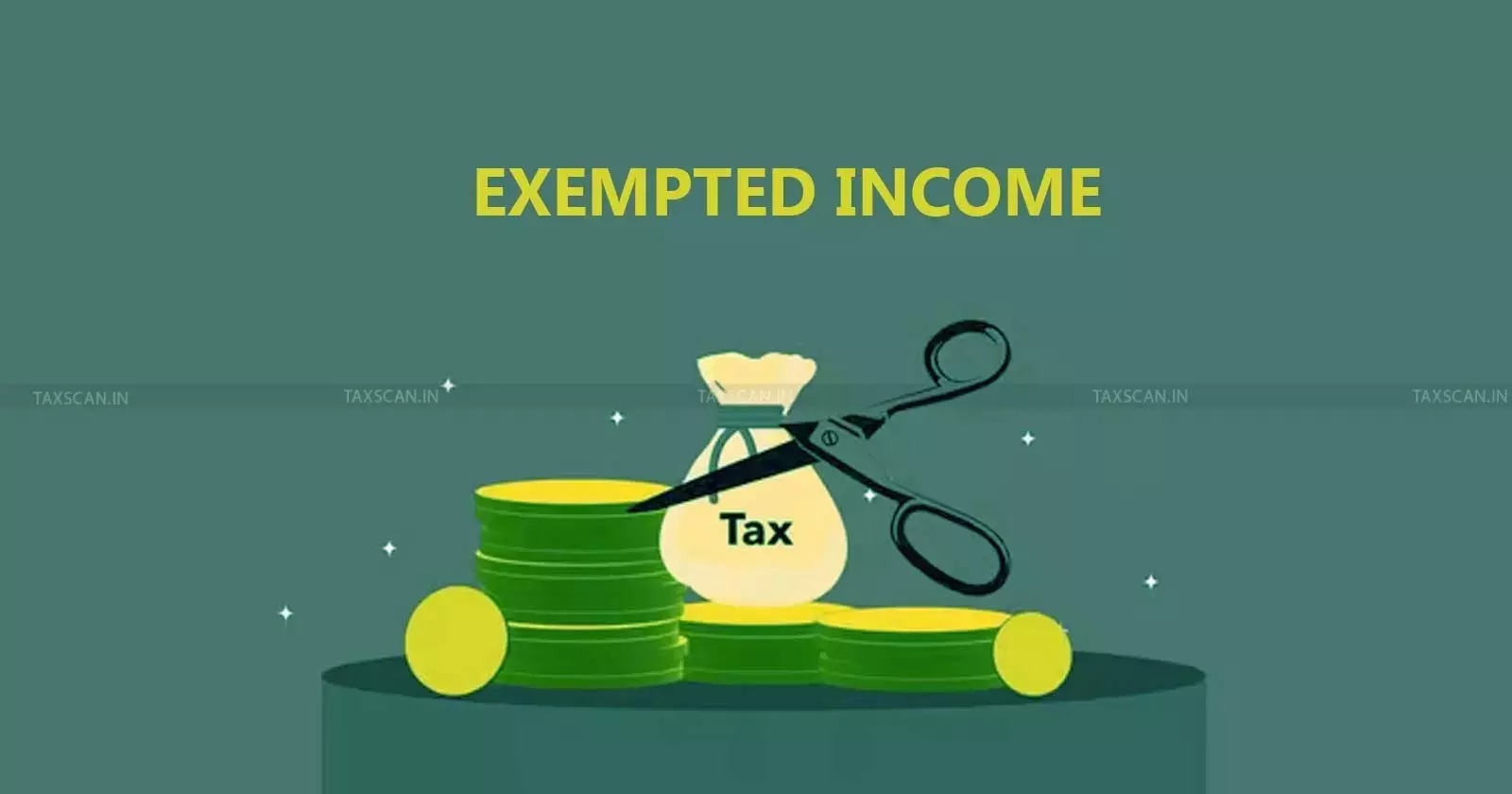
ITAT Jaipur Restores Tax Exemption on ₹13 Lakh Leave Encashment: New ₹25 Lakh Limit Applies Retrospectively
Tribunal rules CBDT’s revised exemption limit must benefit retirees even for past settlements.
Decision offers relief to thousands of non-government employees facing tax disputes on leave encashment.
By Our Legal Correspondent
New Delhi: November 12, 2025:
In a landmark ruling, the Income Tax Appellate Tribunal (ITAT), Jaipur Bench, has restored tax exemption on ₹13 lakh leave encashment for a retired State Bank of India employee, applying the revised ₹25 lakh exemption limit retrospectively. The decision overturns earlier orders by the income tax department and the Commissioner of Income Tax (Appeals), which had denied the exemption.
This judgment is being hailed as a major relief for retirees across India, especially non-government employees, who often face disputes over taxation of leave encashment benefits.
Background of the Case
The case involved Chandra Prakash Vashistha, a retired SBI employee, who had received ₹13 lakh as leave encashment upon retirement. The income tax department initially denied exemption, citing the old limit of ₹3 lakh under Section 10(10AA) of the Income Tax Act.
However, in the Union Budget 2023, Finance Minister Nirmala Sitharaman announced an increase in the exemption limit to ₹25 lakh for non-government salaried employees. The Central Board of Direct Taxes (CBDT) later issued a notification confirming the revised limit.
Despite this, the tax department argued that the new limit applied only prospectively, leading to litigation.
Tribunal’s Observations
- CBDT notification applies retrospectively – The tribunal held that the revised ₹25 lakh limit must be applied to past cases as well, not just future retirements.
- Relief for retirees – Denying exemption under the new limit would defeat the purpose of the government’s announcement, which aimed to provide financial relief to retirees.
- Consistency in tax law – The tribunal emphasized that tax provisions must be interpreted in a way that benefits taxpayers, especially in welfare-oriented measures.
The Verdict
The ITAT restored the exemption on ₹13 lakh leave encashment, ruling that the taxpayer was entitled to relief under the revised ₹25 lakh limit. The Assessing Officer has been directed to implement the order.
This decision sets a precedent for similar cases across India, where retirees have been denied exemption due to the old limit.
Impact on Retirees
Also Read: Allahabad High Court Orders Police Verification for Passports Must Be Completed Within Four Weeks
- For retirees: Ensures that those who received leave encashment after retirement can claim exemption up to ₹25 lakh, even if their retirement occurred before the CBDT notification.
- For tax authorities: Clarifies that welfare-oriented tax benefits must be applied retrospectively to avoid unfair treatment.
- For financial planning: Retirees can now plan their post-retirement finances with greater certainty, knowing that leave encashment enjoys higher tax exemption.
Expert Opinions
Tax experts have welcomed the ruling, calling it a “progressive interpretation” of the law. According to chartered accountants, the ITAT’s decision aligns with the government’s intent to provide relief to retirees.
Also Read: Supreme Court Slams Jharkhand High Court for Two-Year Delay in Delivering Reserved Judgment
Legal analysts also believe the ruling will reduce litigation, as many similar cases are pending across different tribunals and courts.
Wider Context
Leave encashment is a common benefit for salaried employees, allowing them to receive payment for unused leave at the time of retirement. Until recently, the exemption limit under Section 10(10AA) was ₹3 lakh, which had not been revised for decades.
The Budget 2023 announcement to raise the limit to ₹25 lakh was widely welcomed, as it better reflects current salary structures and inflation. The ITAT’s ruling ensures that this benefit reaches retirees fairly, regardless of when they retired.
Conclusion
The ITAT Jaipur ruling restoring tax exemption on ₹13 lakh leave encashment under the revised ₹25 lakh limit is a landmark in tax jurisprudence. By applying the CBDT notification retrospectively, the tribunal has ensured fairness and consistency in tax administration.
This judgment is expected to influence similar cases across India, offering relief to thousands of retirees and reinforcing the principle that tax laws must serve the welfare of citizens.